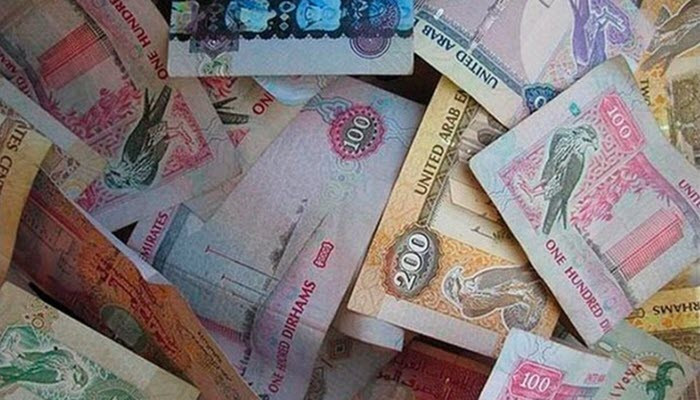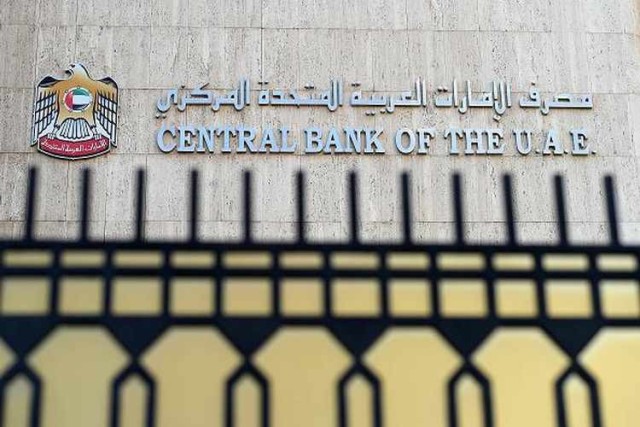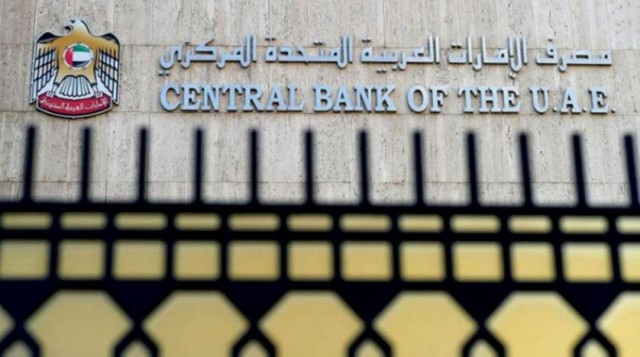The quarterly review report, issued by the UAE Central Bank yesterday, Wednesday, showed that the value of remittances of foreign workers in the UAE abroad decreased by 10.3% on an annual basis.
>
According to the report, remittances from expatriates in the UAE declined during the period to 38.2 billion dirhams, compared to 42.6 billion dirhams in the second quarter of last year, a decrease of approximately 4.4 billion dirhams And that is due to the impact of these transfers by the Corona pandemic.
He explained that 28.4 billion dirhams of remittances, or 14%, were carried out through exchange companies during the second quarter of 2019, with a growth rate of 10.7% compared to about 31.8 billion dirhams. For the first quarter of 2020.
while 25.6% of these transfers were transferred through banks, which increased 2.05%, equivalent to 0.2 billion dirhams, to reach 9.8 billion dirhams compared to 9.6 billion dirhams for the quarter. The first of this year.
The Indian labor force continued to top the list of the most active nationalities in terms of the value of remittances, which amounted to 13.11 billion dirhams, which constitutes 34.4% of the total value of transfers recorded during the second quarter of This year, Pakistani workers followed, at 13%, and Egyptian workers' remittances, which accounted for 6.4% of the total.
and the percentage of workers remittances from Filipino nationality 6.1%, then the Bangladeshi workforce 4.8%.
The central pointed out that, with the exception of Bangladesh and Pakistan, remittances directed to these countries decreased by 30.6% to the Philippines, 24.1% to India, and 16.2% to Egypt.
p>
In contrast, personal remittances to Bangladesh and Pakistan rose by 7% and 2.1%, respectively.
The Central Bank's report indicated that the second quarter of 2020 witnessed an increase in the exchange rate of the dirham in face value on an annual and quarterly basis, due to the increase in the dollar exchange rate.
The report pointed out that against the currencies of the ten most important import partners from countries that are not linked to the dollar, the dirham exchange rate rose 0.8% on a quarterly basis, and by 1.7% on an annual basis.
As for the currencies of the top 10 export partners from non-dollar and non-oil-exporting countries, the exchange rate rose 1.2% on a quarterly basis and 1.7% on Annual basis.
(Amazon Fun Knowledge)











































